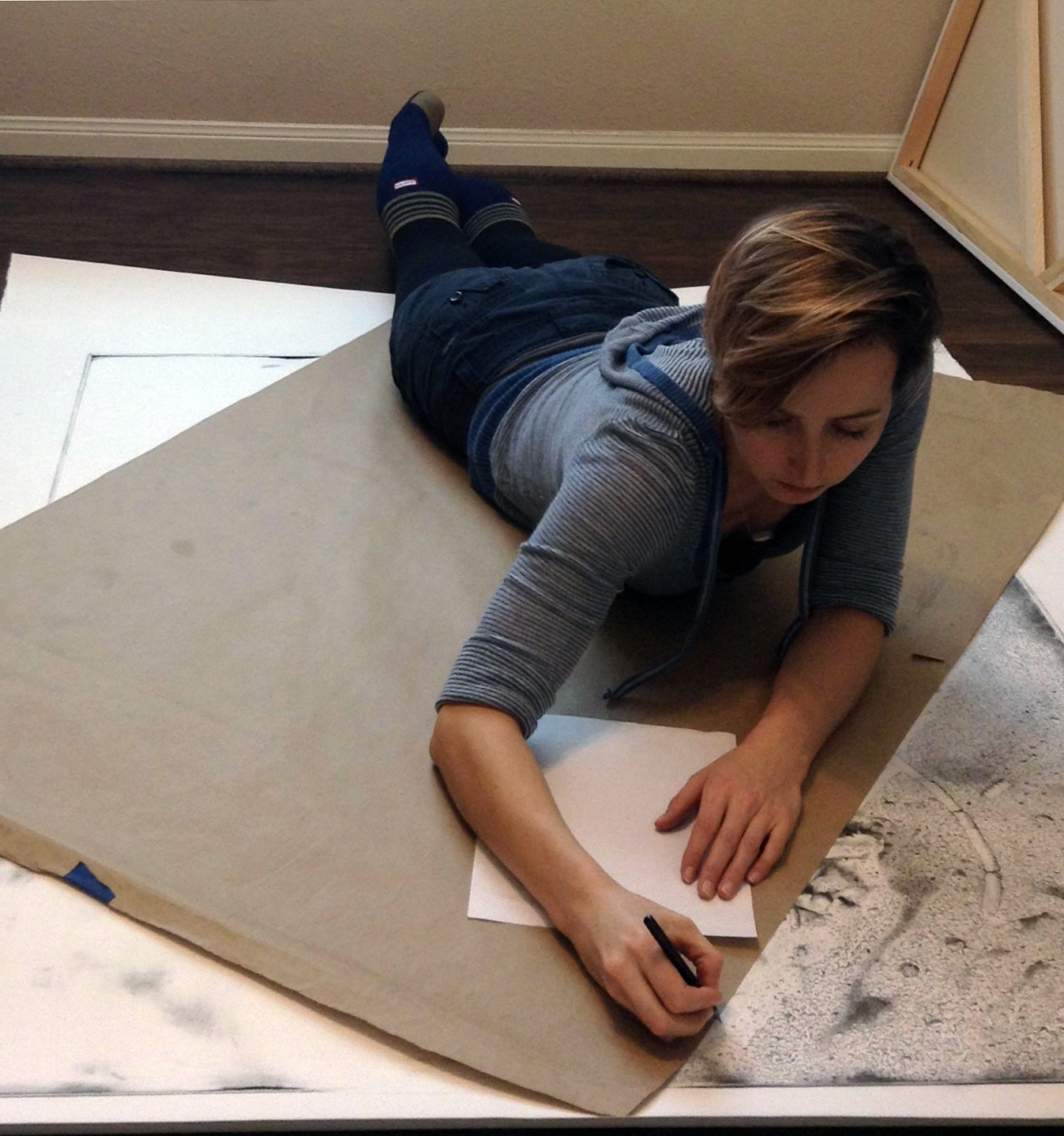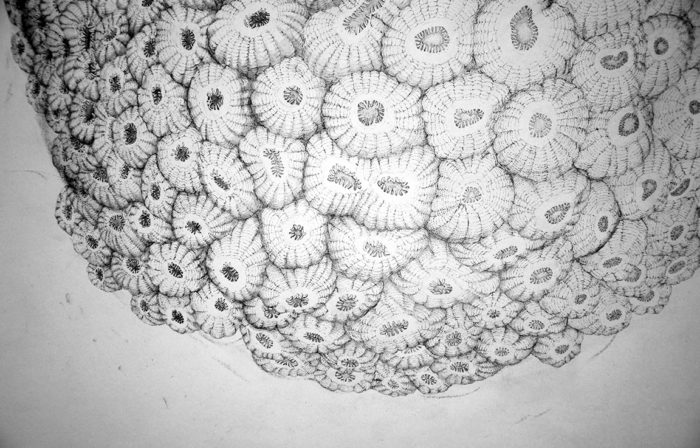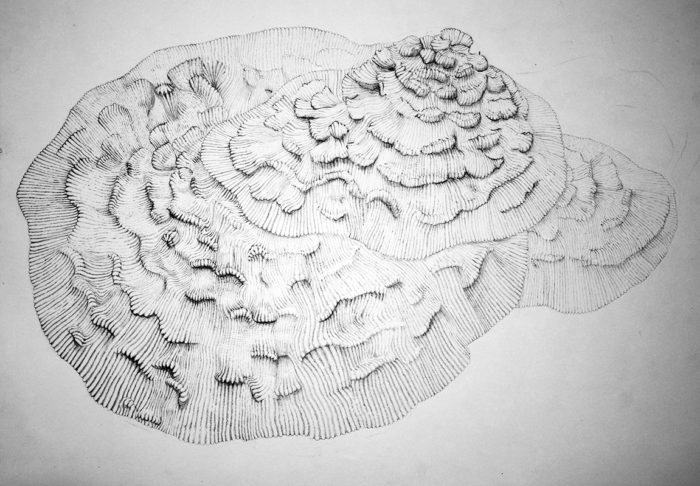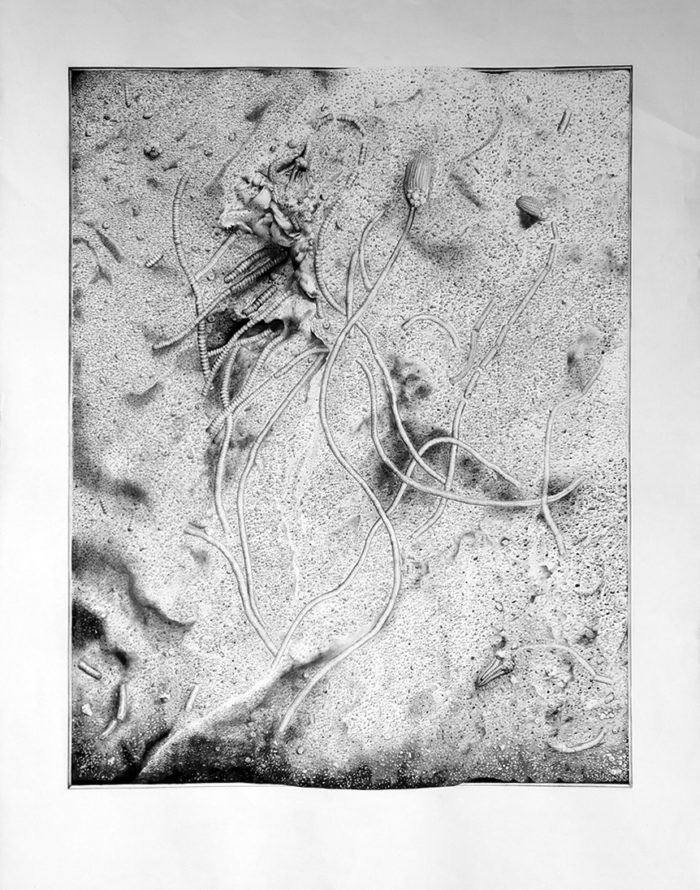
Discover Wonder: Artist Colleen Maynard
Discover Wonder is a series of personal accounts of people finding connection in our national marine sanctuaries and monuments.

Growing up in Michigan my siblings and I were encouraged to explore outdoors. I couldn’t help myself but build and fashion things out of nature, and eventually draw and photograph my surroundings, from woods to cornfields to mountains. The ocean was not so different from Lake Michigan’s wide berth, as far as I could tell.
But Lake Michigan lacks the ocean’s solar system-like depths—and as a person who gets earaches underwater, the fact people dived into it fearlessly to study marine life or sea trenches was wild to me! I was jealous of how easily the scuba divers in grainy National Geographic videos fluttered and photographed. What if I had grown up like the kids who took to water like ducks?

After graduating from the Kansas City Art Institute, where I studied painting and writing, a return visit to the Great Lakes had me working with botanical specimen at the Illinois Natural Survey. I liked looking through a microscope to organize how veins in leaves curve as they reach the edge of a leaf, then join adjacent veins. I began to draw fossilized coral, trilobites, and bryozoa.
My artwork utilizes graphite, charcoal to create portraits of scientific specimen. Coral, ancient fish, and pre-dinosaur life forms deserve to be examined as richly beautiful animals and plants, as I hope humans may study and protect them as the invaluable natural resources they are.

During a recent artist-in-residence I drew from a rock slab containing crinoid samples, many of them intact. Related to starfish, the crinoid attaches to the sea floor by a stalk and captures food with its feathery arms. Its universal nickname is “Sea Lily”—and with its long stalk and petal-like calyxes swaying in the currents, it is easy to see why.
This year I have had the incredible opportunity to partner with the Flower Banks Garden National Marine Sanctuary to highlight and draw from coral specific to the Sanctuary and Gulf of Mexico. The impressive reserve of photography and footage within the sanctuary, plus the expertise of scientists and researchers within the organization, helps me to work toward completing and exhibiting drawings of 6 site-specific coral. Living coral have complex polyps, notches and spines that emit and breathe. They have been weathered, tunneled into, and lived in. I feel an urgency to learn about, honor, and learn how to spread awareness of these living coral that generate so much activity and life.

